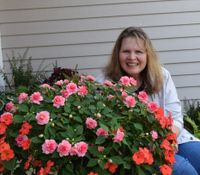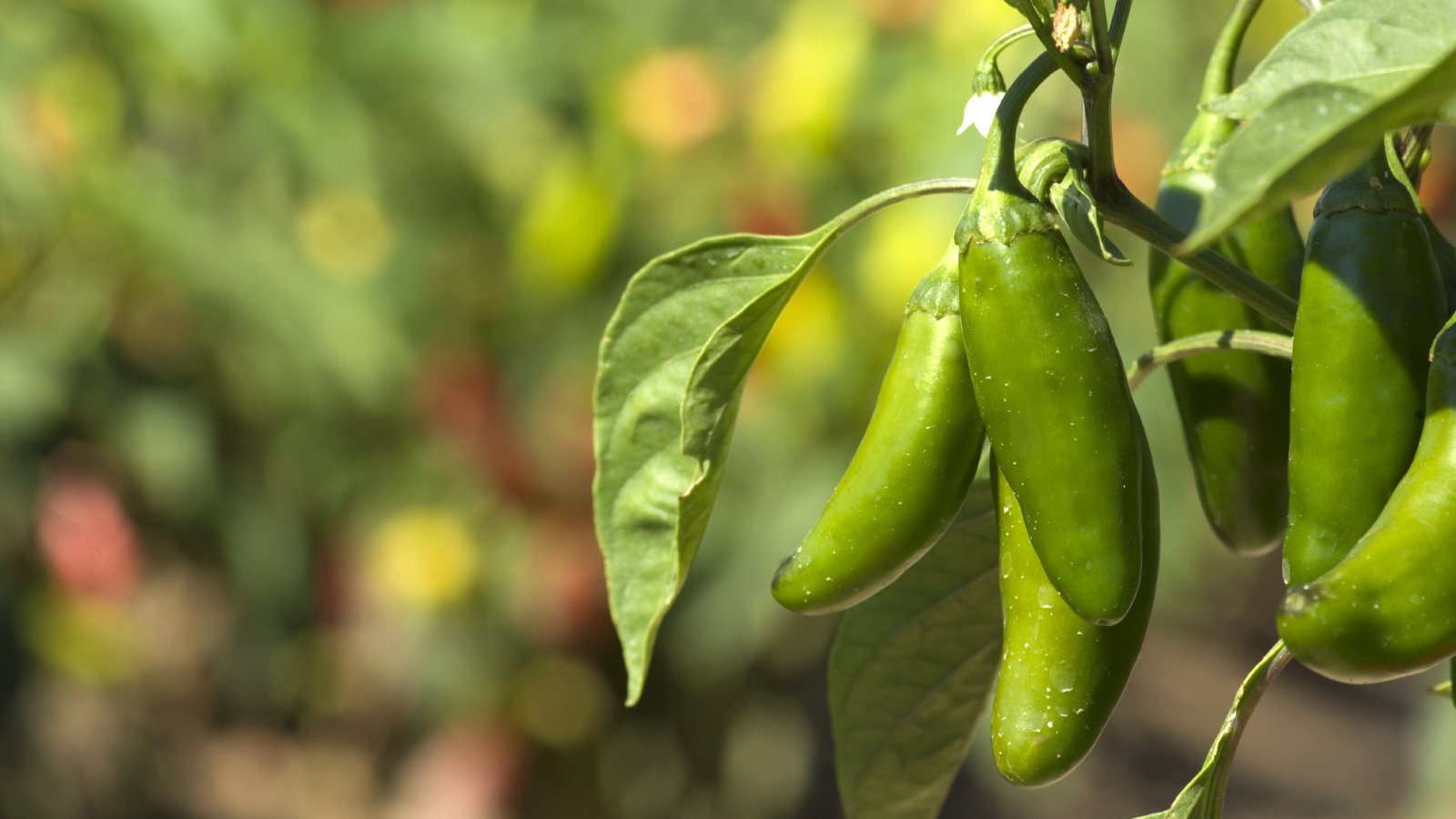The Secret To Growing Jalapeños Indoors
Growing jalapeños indoors is a fun and yummy idea for all kinds of cooking. Pluck your spicy peppers all year, right at your fingertips.


If you love a little extra heat to spice up your foods, growing jalapeños indoors year round is doable, and with an indoor jalapeño plant, you’ll always have the peppers on hand.
Growing jalapeños indoors is a little different from growing plants outdoors, but essentially, you need to provide ample light, water, warmth, fertilizer, and well-draining soil in a generous container. An indoor jalapeño plant will need less water than if grown outdoors, and although there are fewer pests indoors than outdoors, be vigilant for spider mites, aphids, mealy bugs, or scale.
How To Grow Jalapeños Indoors
Our readers occasionally ask, “Can I grow jalapeños indoors?” The secret is out! You can grow them indoors with the proper care, starting them from seeds or by transplants. Look for a dwarf variety with disease resistance. Also, you can choose the level of heat (or amount of capsaicin) desired. Varieties such as Jalapeño M and Jalapeño TAM have less heat. It can take an average of 60 to 90 days to harvest if you are growing from seed.
Here are the key elements you will need to grow an indoor jalapeño plant.
- Container - The container needs to be large enough to accommodate the plant's root system, at least 12 inches (30 cm) across. It needs several holes in the bottom for drainage. Nursery pots have more holes than decorative containers so that is an option.
- Soil - Fill the container with fast-draining potting soil. You can add compost to aid in fertility and up to 30 percent perlite to increase drainage even more. Leave about 1 inch of space at the top of the container for watering.
- Light - Provide as much direct sunlight as possible, about six hours a day. Place the plant in a south or west facing window. If the plant’s stems become thin or they reach for the light, add a grow light (leave it on 14 to 16 hours a day).
- Water - Water the jalapeño plant till water runs out the drainage holes. If it is sitting in a saucer, remove the collected water within 15 minutes. Keep the soil moist but not saturated. Let the soil dry out slightly between waterings.
- Temperature and humidity - Jalapeño plants need warm temperatures and moderate humidity. Most homes have low humidity so your plant may benefit from a humidity tray. Set the plant’s container on a tray of pebbles and fill the tray with about a quarter inch of water. Do not let the water touch the bottom of the pot or the water could be absorbed into the root system and cause root rot. Ideally, the water evaporates, increasing the humidity around the plant.
- Fertilizer - Fertilize the plant regularly with a balanced fertilizer such as 10-10-10 or 15-15-15. The numbers are a ratio of how much nitrogen, phosphorus, and potassium is in the mix. Follow the instructions on the package as to how often and how much to feed the plant. It is important not to over fertilize the plant.
- Pollination - You will need to hand pollinate the peppers if grown solely indoors. Using a small, clean paintbrush, brush the center bud of each flower, thereby spreading pollen among the flowers.
- Harvesting - Wear gloves when harvesting the peppers, and always cut the peppers from the stem rather than twisting or pulling them, which can damage the plant. The peppers should be a shiny green color and firm to the touch, yet slightly soft. For more heat, you can leave the peppers on the plant till they turn red.
Pests And Disease
Indoor pests could include aphids, spider mites, mealy bugs or scale. Insecticidal soap should eliminate aphids. For spider mites, mealy bugs or scale, Neem oil can be sprayed in weekly applications till the infestation is gone.
Prevent diseases such as leaf spots or root rot. Avoid over watering the plant or wetting the leaves while watering. If a few leaves develop spots, remove the leaves.
Sign up for the Gardening Know How newsletter today and receive a free copy of our e-book "How to Grow Delicious Tomatoes".

After graduating from Oklahoma State University with a degree in English, Susan pursued a career in communications. In addition, she wrote garden articles for magazines and authored a newspaper gardening column for many years. She contributed South-Central regional gardening columns for four years to Lowes.com. While living in Oklahoma, she served as a master gardener for 17 years.